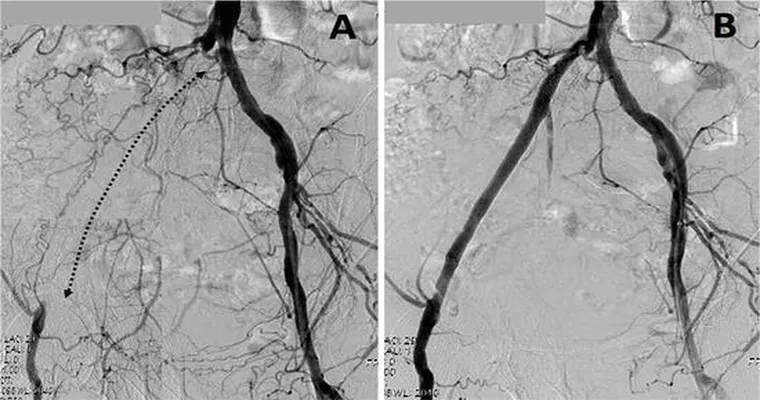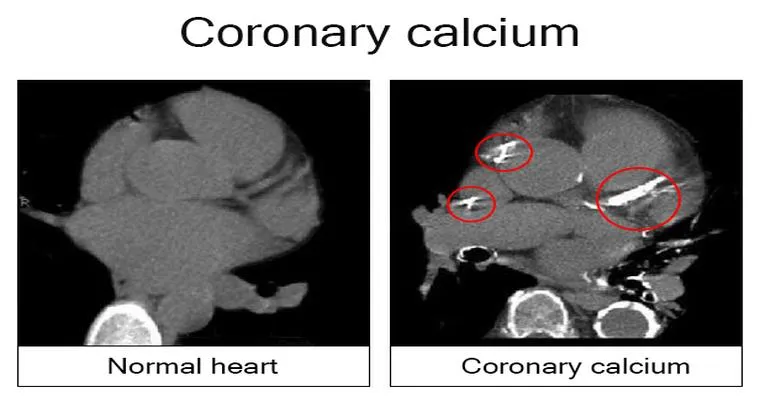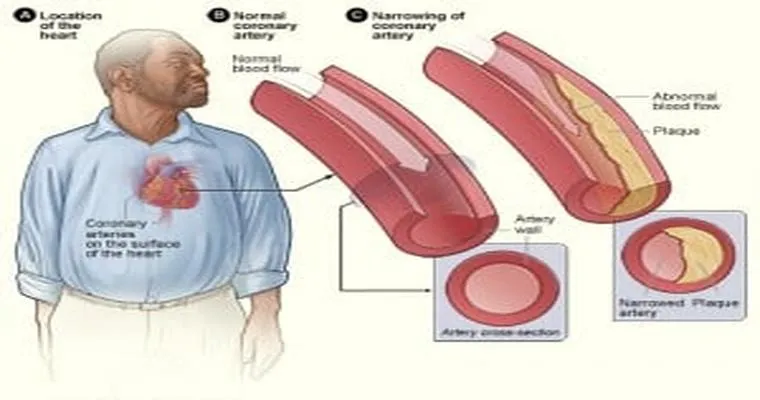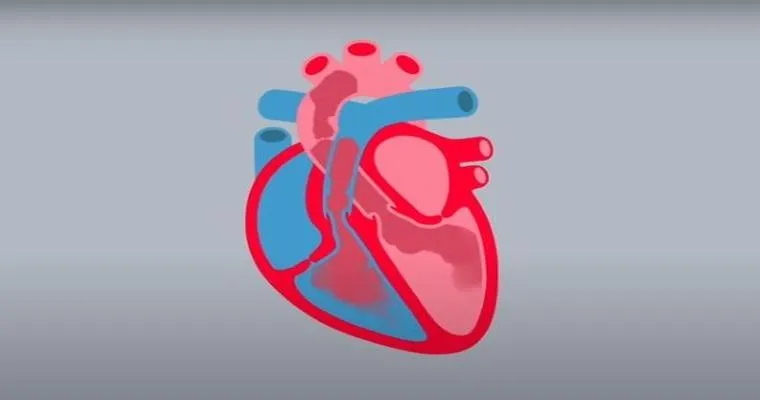When facing a diagnosis of "peripheral artery disease" (PAD) with "severe occlusion", it can be overwhelming for both the patient and their family. An "angiogram" has been recommended as a potential procedure to evaluate the extent of the blockage and guide treatment options. Understanding whether to proceed with this test is essential for making informed decisions about your mother's health.
Peripheral artery disease occurs when the arteries that supply blood to the limbs become narrowed or blocked, typically due to "atherosclerosis". This condition can lead to pain, mobility issues, and in severe cases, can contribute to more serious complications such as limb ischemia. The severity of your mother’s condition, indicated by the term "severe occlusion," suggests that the blood flow to her legs may be significantly compromised.
An angiogram is a diagnostic imaging technique that uses X-rays and a special dye to visualize the blood vessels. This procedure can provide critical information about the location and severity of the blockages. The primary benefits of undergoing an angiogram include:
1. "Diagnosis Confirmation": The angiogram can confirm the diagnosis of PAD and help differentiate it from other potential vascular issues.
2. "Treatment Planning": By identifying the exact locations and severity of the occlusions, healthcare providers can develop a targeted treatment plan, which may include lifestyle changes, medications, or even surgical interventions such as angioplasty or bypass surgery.
3. "Monitoring Progress": If your mother has already started treatment for PAD, an angiogram can help monitor the effectiveness of those treatments and make adjustments as necessary.
While the benefits are significant, it is important to consider the potential risks associated with the angiogram. These may include allergic reactions to the dye, bleeding at the injection site, or other complications. Discussing these risks with her healthcare provider can provide clarity and help you weigh the pros and cons.
Another important aspect to consider is your mother's overall health and ability to tolerate the procedure. Factors such as age, comorbidities, and current medications may influence her risk profile. Consulting with her doctor about these factors can provide a clearer picture of whether the angiogram is a suitable option.
Ultimately, the decision to proceed with an angiogram for your mother should involve thorough discussions with her healthcare team. They can provide personalized recommendations based on her specific medical history, the severity of her condition, and her overall health status.
In conclusion, an angiogram can be a valuable tool in managing "peripheral artery disease" with severe occlusion. By gaining deeper insights into the vascular landscape, this procedure may pave the way for effective treatment interventions. Ensure that you engage in open conversations with her healthcare providers to make a decision that aligns with your mother's health needs and preferences.





